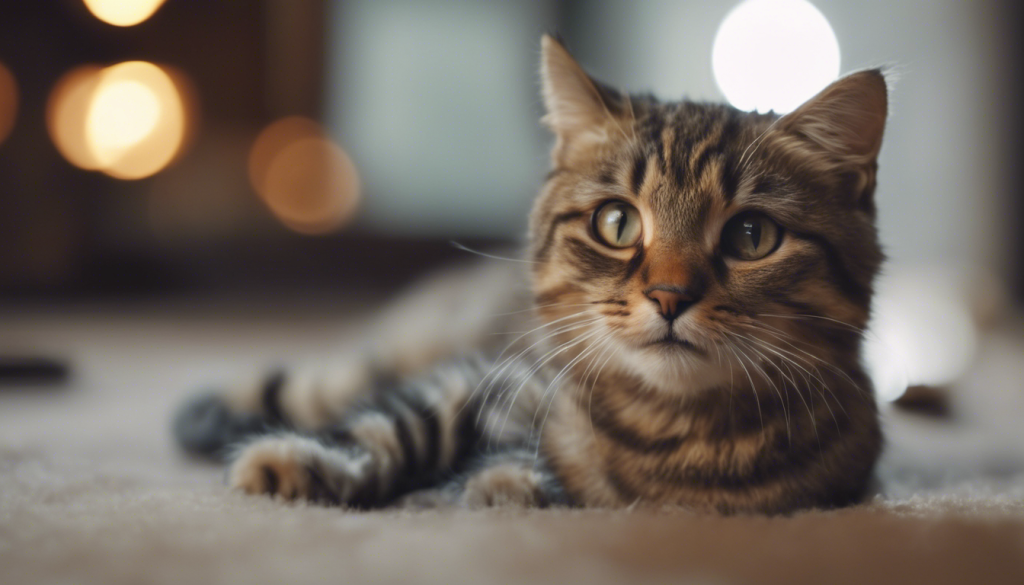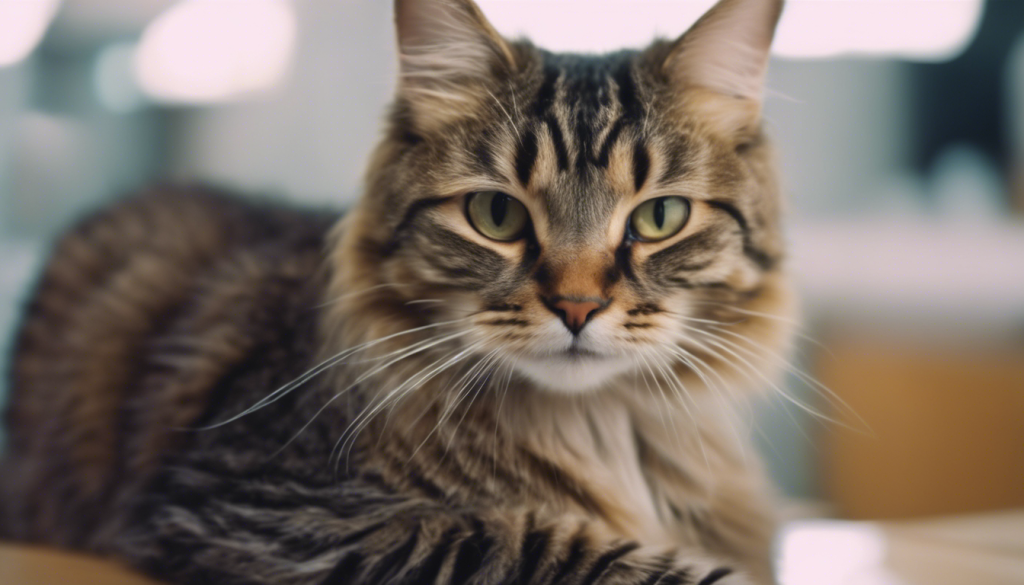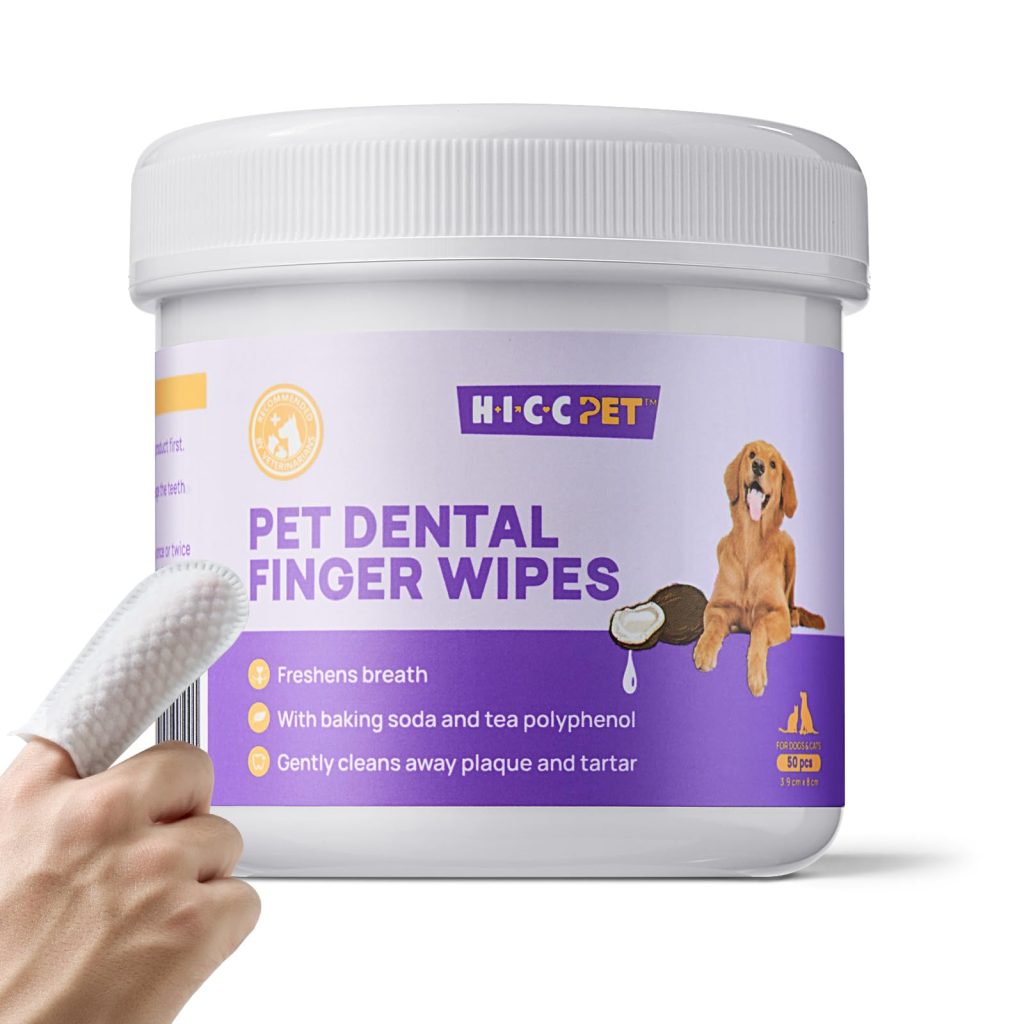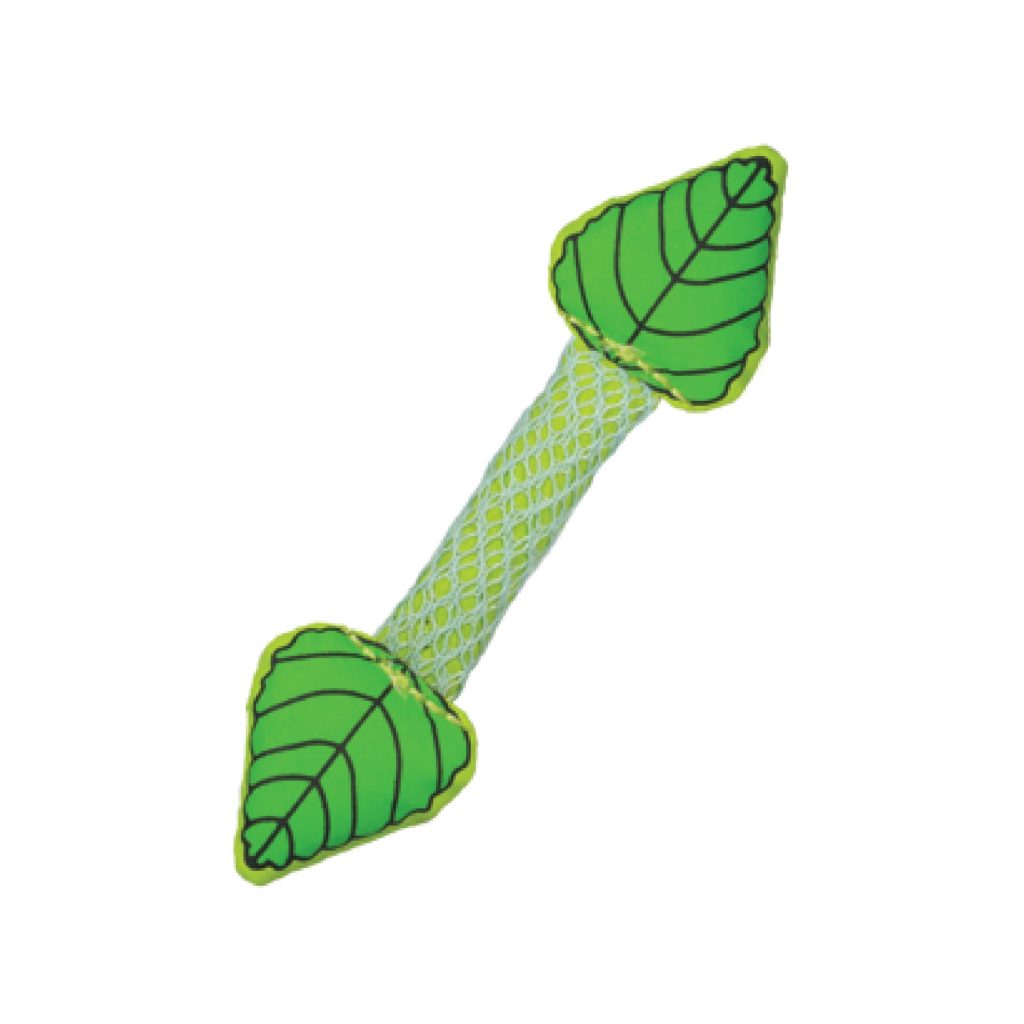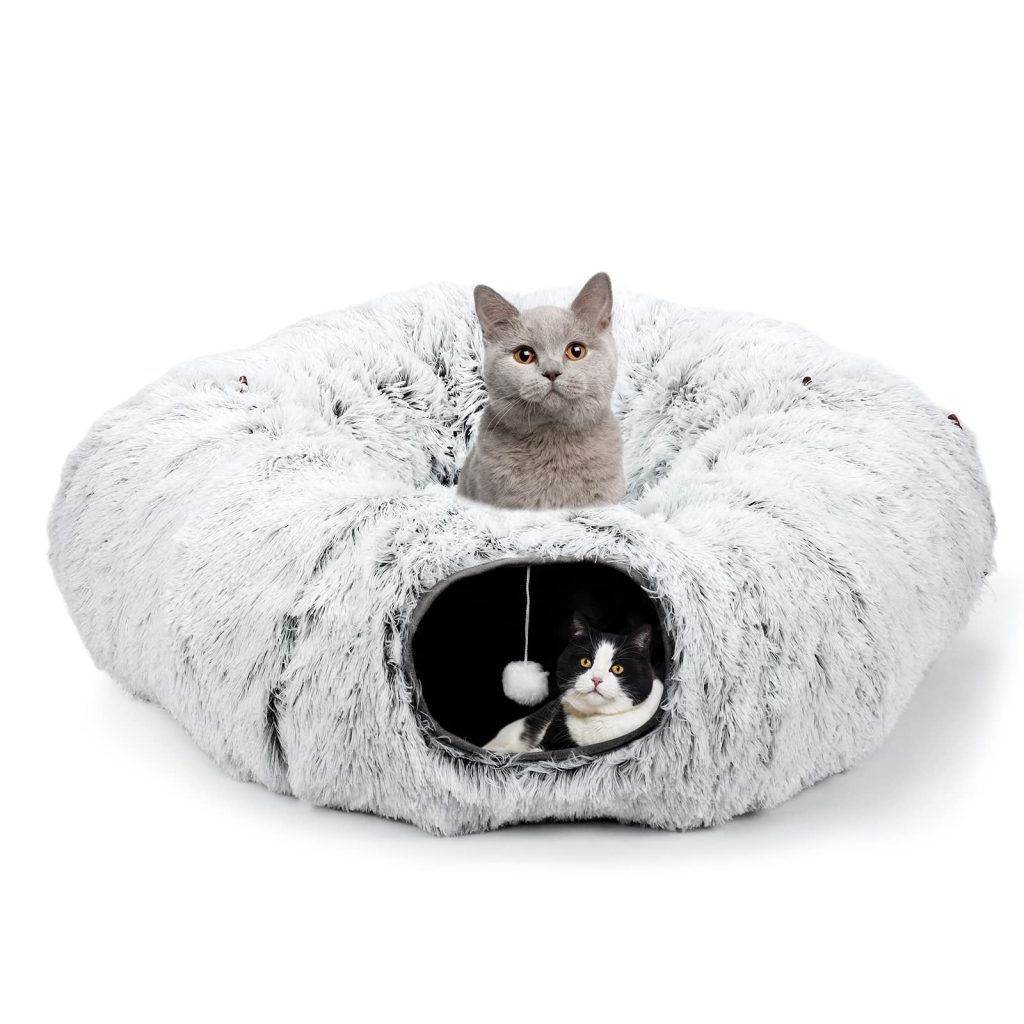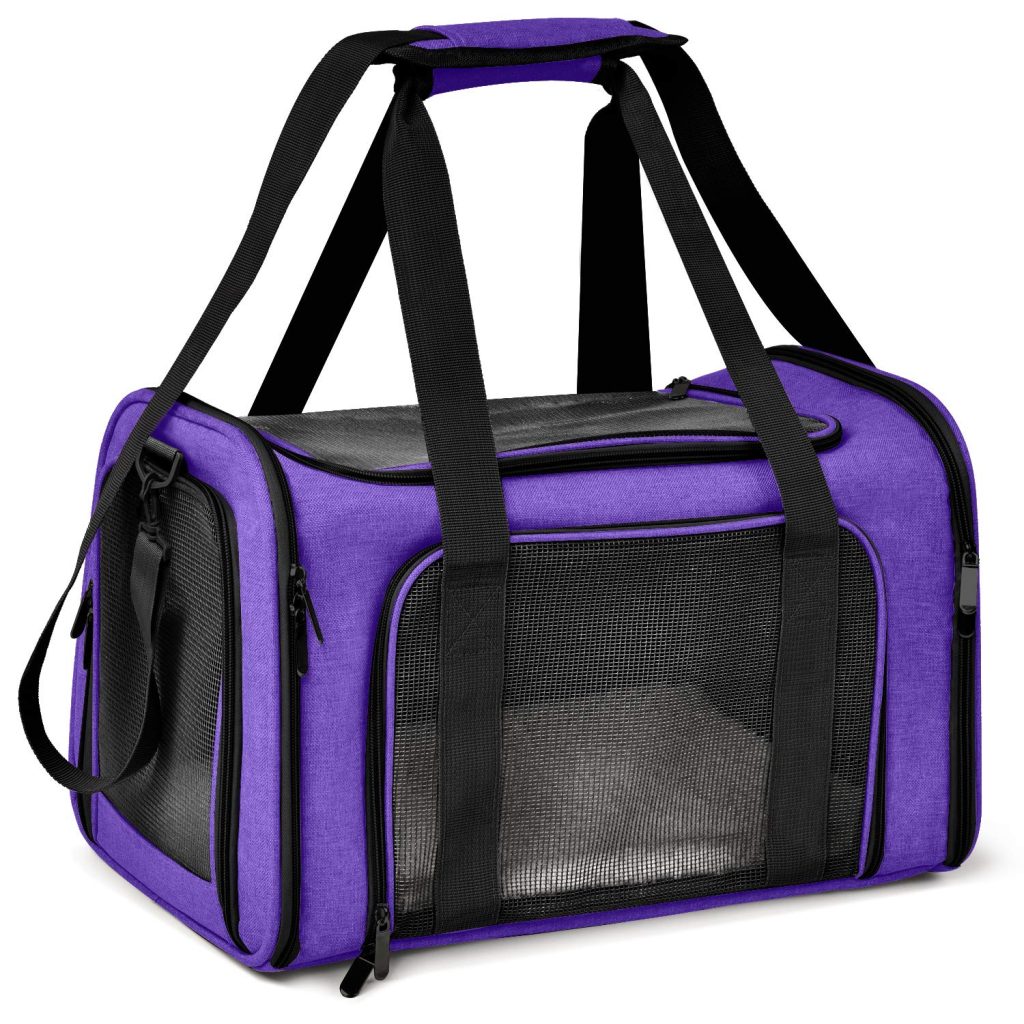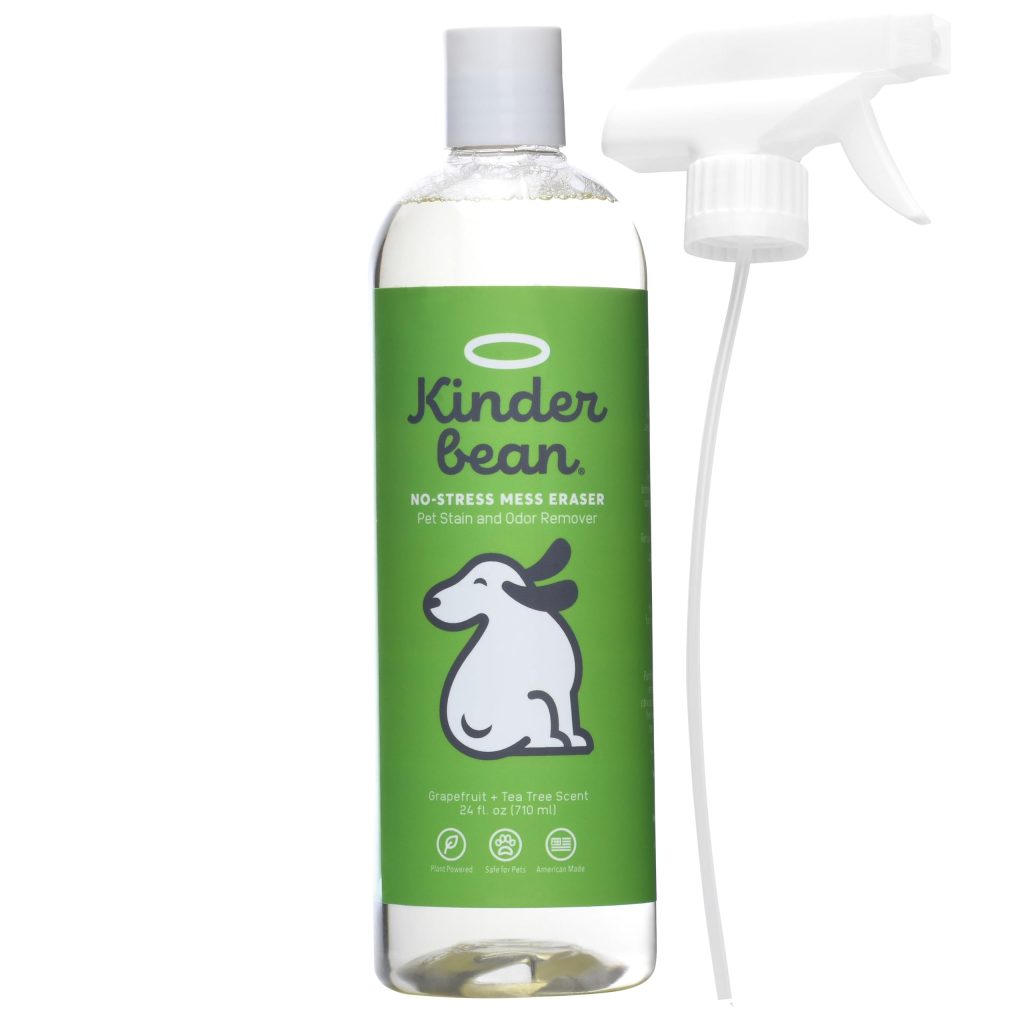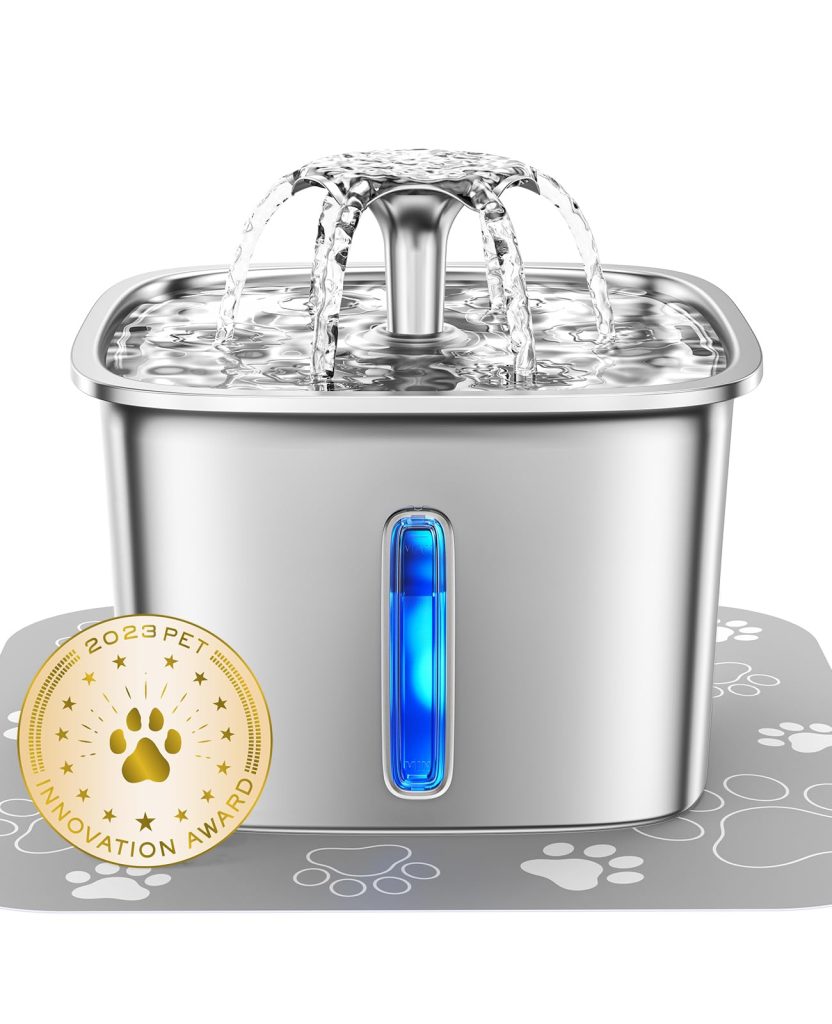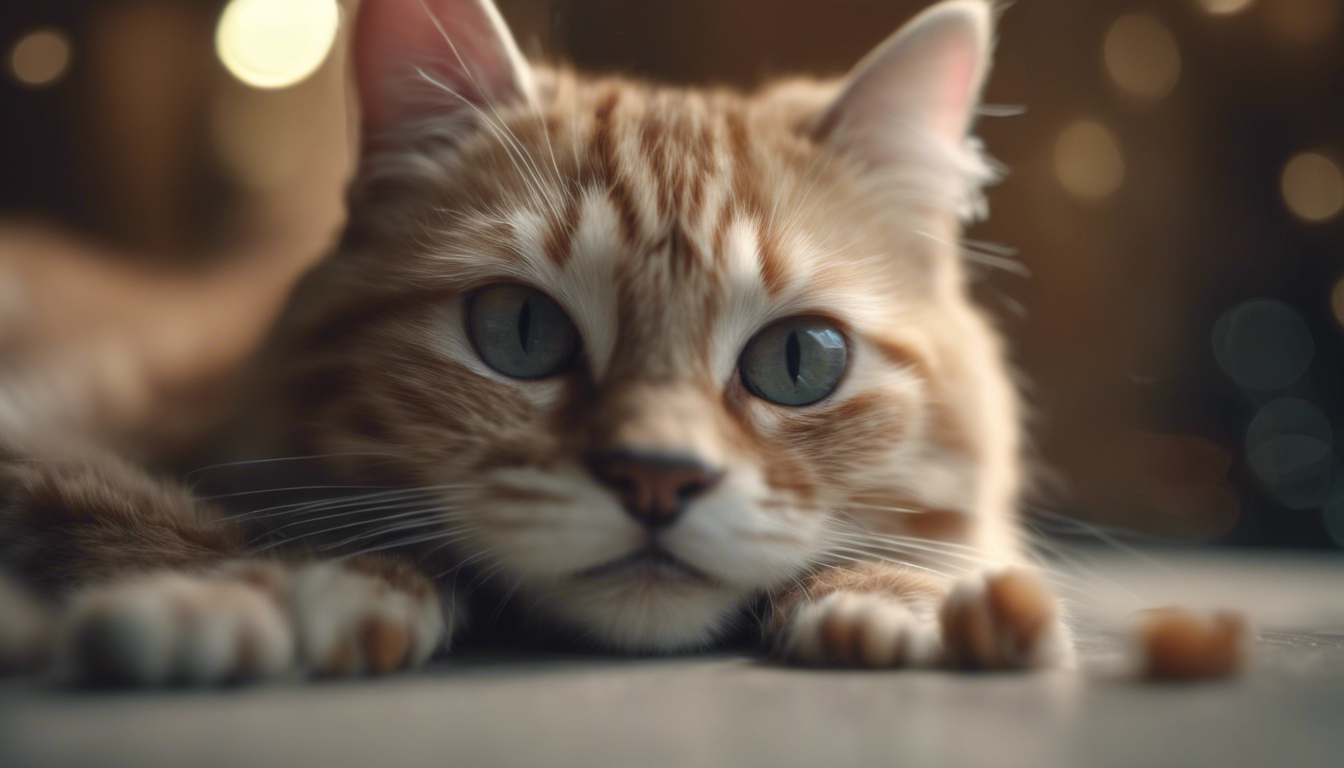
Proper paw care is essential for maintaining the overall health and well-being of your feline friend. From coat care to claw maintenance, understanding the basics of cat paw care is important in ensuring your cat remains happy and healthy. In this article, we will delve into the essential aspects of feline grooming, including coat care, claw maintenance, and grooming techniques.
Coat Care
A cat’s coat is not only beautiful but also serves as a protection from the elements. Regular coat care helps to keep their fur clean, reduce shedding, and prevent matting. Here are some tips for effective coat care:
- Brushing: Regular brushing not only removes loose hair but also stimulates blood circulation and distributes natural oils throughout the coat. Use a suitable brush or comb depending on your cat’s coat type, such as a slicker brush for long-haired cats or a bristle brush for short-haired cats.
- Bathing: While most cats are self-groomers and don’t require regular baths, bathing can be necessary for certain situations, such as if your cat gets into something sticky or dirty. Use a cat-specific shampoo and ensure the water temperature is lukewarm. Remember to dry your cat thoroughly afterwards to avoid chilling.
- Mat Removal: Mats can form in your cat’s fur and cause discomfort or skin issues if left unattended. Gently work through any mats with your fingers or a mat removing comb, being careful not to pull on the fur. If the mat is too severe, it is best to seek professional grooming assistance.
Claw Maintenance
Cats use their claws for various activities, including climbing, scratching, and self-defense. Regular claw maintenance is essential to prevent overgrowth, discomfort, and destructive scratching. Here are some tips for maintaining your cat’s claws:
- Scratching Posts: Providing your cat with a suitable scratching post or board is important. This gives them an outlet for their natural scratching behavior and helps to keep their claws in good condition. Place the scratching post in an area your cat frequents.
- Trimming: If your cat’s claws are not naturally worn down, regular trimming is necessary. Use cat-specific nail clippers or a guillotine-style trimmer. Be careful to avoid cutting into the quick, which can cause bleeding and pain. If you’re unsure, consult a veterinarian or a professional groomer for assistance.
- Scratching Deterrents: If your cat is consistently scratching furniture or other unsuitable objects, ponder using deterrents like double-sided tape or citrus-scented sprays on those surfaces. Additionally, ensure your cat has access to appropriate scratching options nearby.
Grooming Techniques
Grooming your cat goes beyond coat care and claw maintenance. It is an opportunity for bonding and can be a relaxing experience for both you and your feline companion. Here are some grooming techniques to consider:
- Introduce Gradually: Start grooming sessions when your cat is relaxed and in a calm environment. Initially, keep the sessions short and gradually increase the duration as your cat becomes more comfortable.
- Positive Reinforcement: Reward your cat with treats, praise, or gentle petting during and after grooming sessions. This positive reinforcement helps to associate grooming with positive experiences.
- Be Gentle: Use gentle and slow movements when grooming your cat. Avoid tugging or pulling on their fur or skin, as this can cause discomfort and stress. If your cat becomes agitated or stressed, take a break and try again later.
- Eye and Ear Care: While grooming, also pay attention to your cat’s eyes and ears. Wipe away any discharge around the eyes with a damp cloth and gently clean the outer ear with a cotton ball dampened with cat-specific ear cleaner.
Proper grooming practices are vital for the well-being and health of your cat. Regular coat care, claw maintenance, and grooming techniques not only keep your cat looking their best but also contribute to their overall comfort and happiness. By understanding the basics of cat paw care and incorporating these practices into your routine, you can help ensure a long and healthy life for your feline companion.
